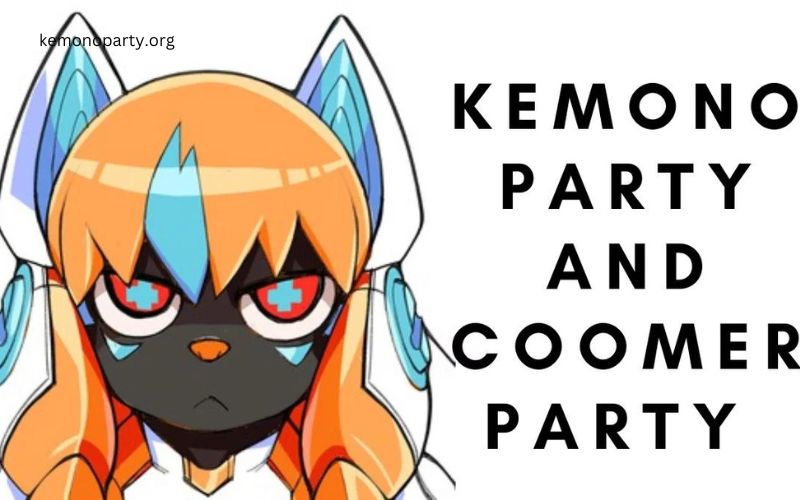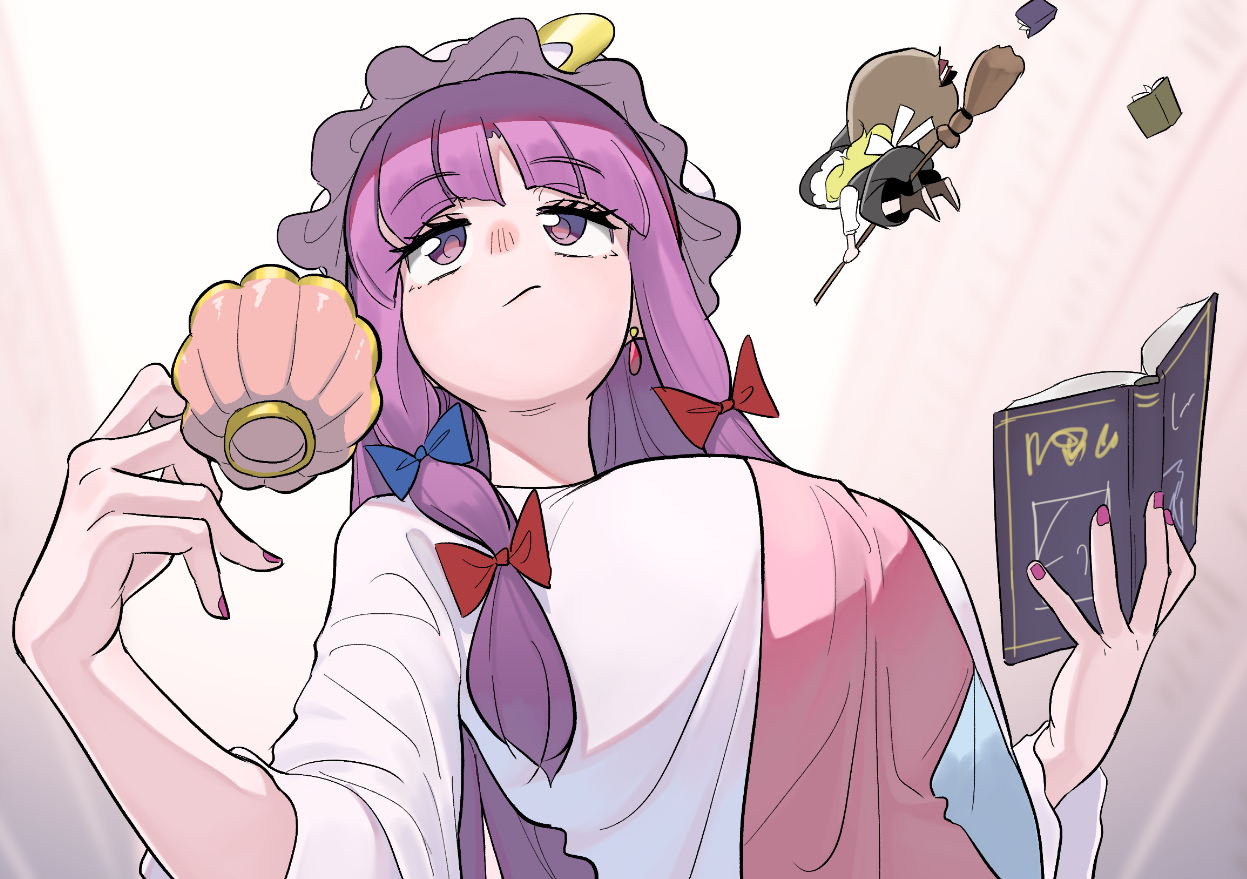Unveiling The Global Phenomenon: Kemono Party Culture And Its Impact
Kemono party culture has transcended its origins as a niche subculture rooted in anime and manga to become a global phenomenon. This vibrant movement, which celebrates self-expression through anthropomorphic characters, music, and community, continues to captivate audiences worldwide. The term "kemono," which translates to "beast person" in Japanese, encapsulates a world where individuals can embrace their inner animal spirit without judgment. This cultural phenomenon is not merely about costumes and gatherings; it represents a space for creativity, inclusivity, and personal exploration.
In a world increasingly dominated by societal norms and expectations, kemono party culture offers a refreshing alternative. It provides an avenue for individuals to step outside conventional boundaries and express themselves authentically. At its core, kemono culture is about storytelling, creativity, and connection, making it a unique intersection of art, music, and community. As the movement continues to gain momentum globally, its influence extends beyond entertainment into broader societal trends, impacting industries ranging from fashion to technology.
| Category | Details |
|---|---|
| Origin | Rooted in Japanese anime and manga, with global expansion since the early 2000s |
| Core Themes | Self-expression, inclusivity, creativity, and community |
| Key Influences | Anime, gaming, pop culture, and digital art |
| Notable Events | Kemono festivals, cosplay conventions, and online gatherings |
| Impact on Society | Promoting diversity, fostering creativity, and encouraging digital innovation |
| Reference | Kemono.Party |
Understanding the roots of kemono culture is essential to appreciating its significance today. Originating in Japan, where anthropomorphic characters have long been a staple in anime and manga, kemono culture gained traction through online communities. As the internet expanded, so did the reach of kemono enthusiasts, who began sharing their art, music, and stories globally. This inclusivity is one of the defining features of the movement, welcoming individuals from all walks of life to participate and contribute.
Read also:The Enigmatic Journey Of Jennifer Syme A Life That Left An Indelible Mark
Art remains at the heart of kemono culture, with a diverse range of mediums showcasing the creativity of its participants. From digital illustrations and traditional paintings to 3D models and virtual reality experiences, the artistic expression within the kemono community continues to evolve. The rise of digital platforms has further amplified this creativity, enabling artists to share their work with a global audience and collaborate across borders. This technological advancement has not only enhanced the kemono experience but also democratized access to its cultural offerings.
Kemono parties, which have become the cornerstone of this movement, are more than just gatherings. They are immersive experiences that combine music, art, and community to create unforgettable moments. These events, ranging from small local gatherings to massive international festivals, cater to every type of fan. They offer a space for individuals to connect, share, and grow together, breaking down barriers and fostering inclusivity. The music at these parties often features electronic beats with a fantasy twist, creating an enchanting atmosphere that complements the vibrant costumes and visual displays.
As kemono culture continues to evolve, its economic impact becomes increasingly significant. The demand for kemono-related products and services, including costumes, art prints, and merchandise, has given rise to a thriving industry. Many artists and creators within the community make a living by selling their work at events or online, supported by platforms like Patreon and Kickstarter. This economic ecosystem not only sustains the creators but also contributes to the growth and sustainability of the movement as a whole.
However, like any cultural phenomenon, kemono culture is not without its controversies. Debates around appropriation, inclusivity, and commercialization are ongoing, reflecting the complexities of a global community. Critics argue that non-Japanese fans may appropriate elements of a culture that doesn't belong to them, while proponents highlight the inclusivity inherent in the movement's global nature. Navigating these controversies requires open dialogue and a willingness to understand diverse perspectives, ensuring the community remains respectful and supportive.
For those attending their first kemono party, preparation is key. Checking the event schedule, planning your costume, and connecting with the community are essential steps to maximizing the experience. Costumes, whether elaborate or simple, should allow for comfort and movement, while accessories like fox ears or wolf tails add an authentic touch. Bringing essentials such as water, snacks, and a camera ensures you're ready for a full day of creativity and connection.
The future of kemono party culture is bright, driven by the passion and dedication of its global community. With advancements in technology, we can expect even more immersive experiences, from virtual reality events to international collaborations. The movement's focus on inclusivity and creativity will continue to attract new participants, fostering a diverse and vibrant community. As kemono culture grows, its influence on society will expand, challenging norms and inspiring innovation across industries.
Read also:Neil Flynn The Man Behind The Screen And The Love That Defines Him
Connections to broader societal trends and celebrity involvement further amplify the movement's impact. Celebrities like Billie Eilish and BTS have embraced elements of kemono culture in their music videos and performances, bringing it to mainstream audiences. This crossover into popular culture highlights the movement's potential to shape future trends in fashion, music, and entertainment. As kemono culture continues to evolve, its influence on societal norms around self-expression and identity will undoubtedly grow, offering a platform for individuals to explore and celebrate their unique selves.
The global reach of kemono culture is evident in its diverse events, from the annual Kemono Festival in Tokyo to smaller gatherings in cities worldwide. These events not only celebrate the culture but also provide opportunities for networking, collaboration, and learning. Artists, musicians, and fans come together to share their work, exchange ideas, and build relationships that extend beyond the event itself. This interconnectedness strengthens the community, fostering a sense of belonging and shared purpose.
As kemono culture continues to grow, its impact on industries such as fashion, technology, and entertainment becomes increasingly apparent. Fashion designers incorporate kemono-inspired elements into their collections, while tech companies develop tools to enhance the digital experience. In entertainment, kemono themes inspire films, games, and music, further embedding the culture into mainstream consciousness. This cross-pollination of ideas and influences ensures the movement remains relevant and dynamic, appealing to new generations of fans.
In conclusion, kemono party culture represents more than just a trend or hobby; it embodies a global movement that champions self-expression, creativity, and inclusivity. Through its unique blend of art, music, and community, it offers individuals a space to explore their identities and connect with others who share their passions. As the movement continues to evolve, its influence on society and industry will only grow, shaping the future of cultural expression and innovation. Whether attending a kemono party or engaging with its online community, participants are part of something larger—a global celebration of diversity and creativity.


